The stunning emergence of a new type of superconductivity with the mere twist of a carbon sheet has left physicists giddy, and its discoverer nearly overwhelmed.


The stunning emergence of a new type of superconductivity with the mere twist of a carbon sheet has left physicists giddy, and its discoverer nearly overwhelmed.
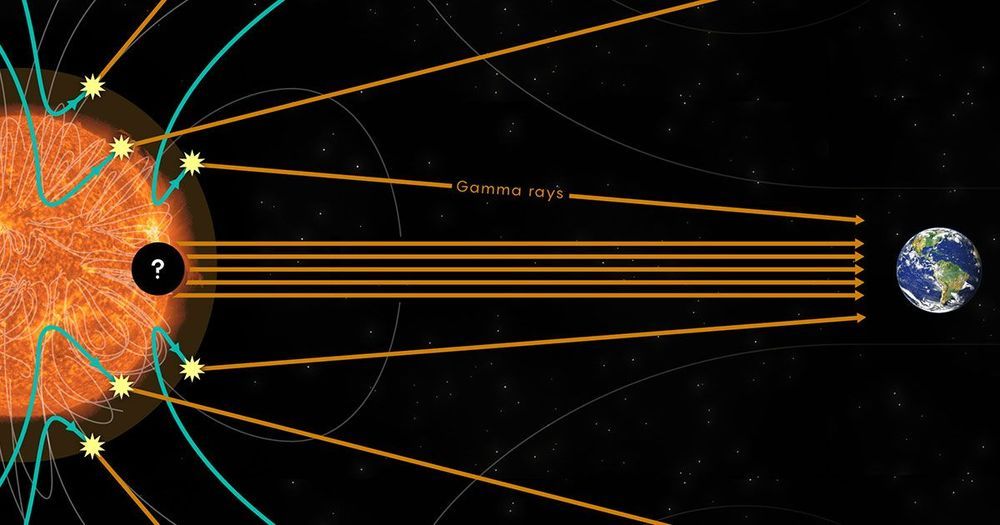
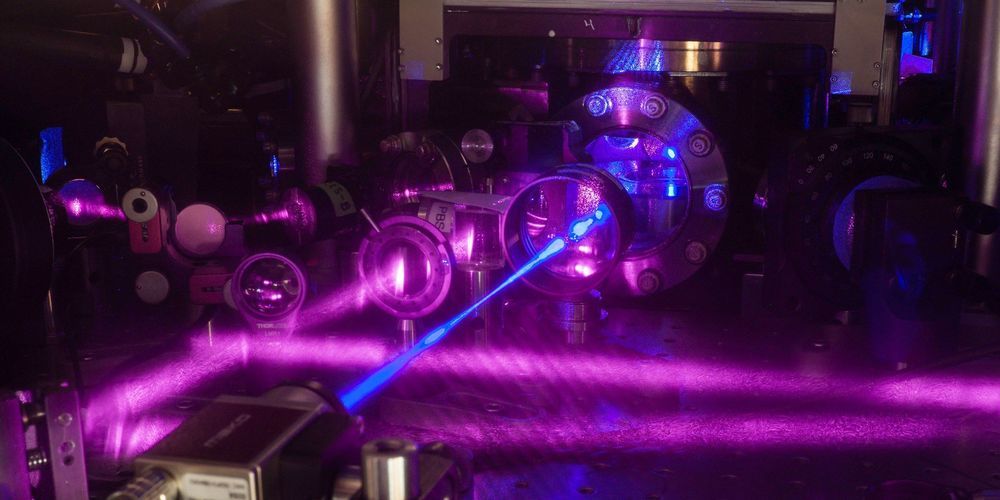
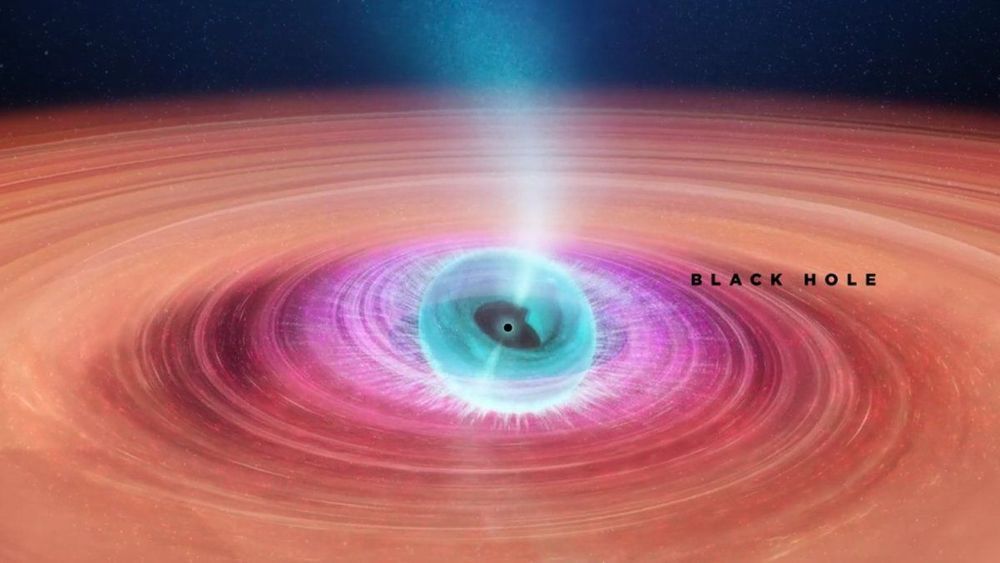
Nearly 8,000 light-years away from Earth, astronomers have discovered a black hole that keeps rapidly swinging out jets of plasma clouds into space, according to a new study.
The black hole, known as V404 Cygni, doesn’t behave like others. The jets shoot out possibly within minutes of each other and in all different directions. And while the researchers admit that black holes are some of the most extreme objects in the universe, this one is different.
“This is one of the most extraordinary black hole systems I’ve ever come across,” study author James Miller-Jones said in a statement. Miller-Jones is also an associate professor at Curtin University’s International Centre for Radio Astronomy Research.

Scientists discover source of clean, unlimited energy! In March 1989, the news rocked the world. Two respected chemists from the University of Utah: Martin Fleischmann and Stanley Pons, told a receptive media they had solved the biggest physics problem of the atomic age. Their compelling claims of room-temperature nuclear fusion in a jar were cast as the solution to the world’s colliding environmental and energy crises.
The meltdown hit just weeks later when the claim was nuked by mainstream scientists who couldn’t reproduce their results and were unsatisfied with the team’s explanations. The cold fusion field has been on ice ever since. Whether considered a scandal, a screw-up, or a scientific character assassination by hot fusion advocates, the cold fusion episode is a case study for those who caution against the “science of wishful thinking.”
On the 25th anniversary of the rise and fall of cold fusion, its close cousin, low-energy nuclear reaction (LENR) science, is still on the fringe but simmering anew. Here’s a look back and a look ahead at a field that always gets a reaction.
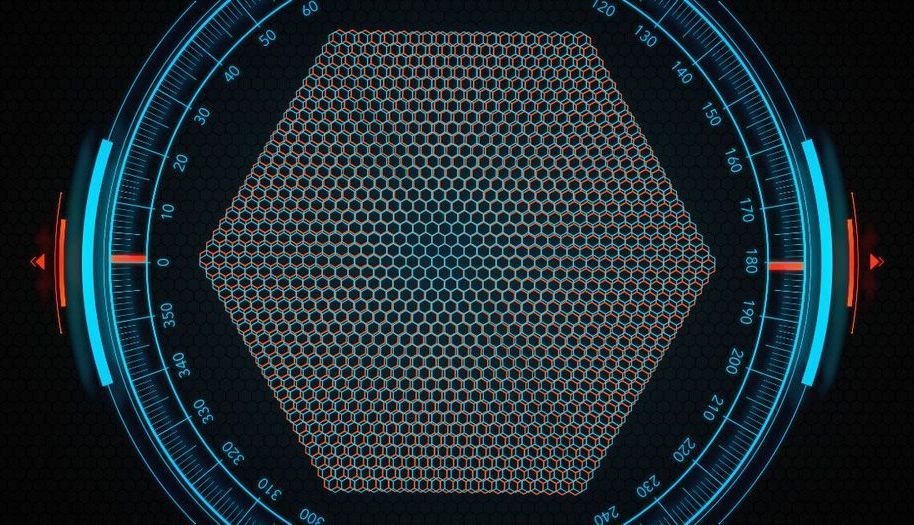
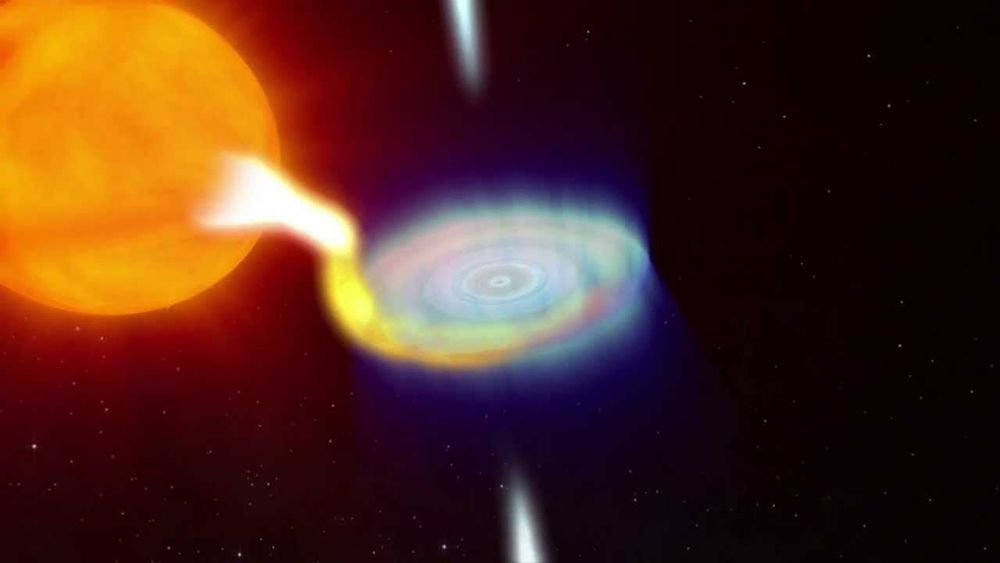
Last observed in 2015, the black hole is spewing out ‘wobbly’ plasma jets that move so fast they change orientation within minutes.
Some 8,000 light-years from Earth in the Cygnus constellation (“The Swan”), a small black hole weighing just nine times the mass of Earth’s sun is gobbling up a sun-like star. The black hole and its stellar victim are locked together in what astronomers call a binary system and orbit each other once every 6.5 days – with spectacular effects, the National Radio Astronomy Observatory (NRAO) is reporting.
While the black hole may be relatively tiny as far as these celestial objects go – for instance, the supermassive black hole at the heart of the Milky Way galaxy, known as Sagittarius A*, is 4 million times more massive than the sun, per a previous report from The Inquisitr – it does pack a pretty mean punch. Dubbed V404 Cygni, the black hole is continuously siphoning material from its stellar companion, slowly consuming the unfortunate star.

Using newly refined analysis methods, scientists have discovered that a North Korean nuclear bomb test last fall set off aftershocks over a period of eight months. The shocks, which occurred on a previously unmapped nearby fault, are a window into both the physics of nuclear explosions, and how natural earthquakes can be triggered. The findings are described in two papers just published online in the journal Seismological Research Letters.
The September 3, 2017 underground test was North Korea’s sixth, and by far largest yet, yielding some 250 kilotons, or about 17 times the size of the bomb that destroyed Hiroshima. Many experts believe the device was a hydrogen bomb—if true, a significant advance from cruder atomic devices the regime previously exploded. The explosion itself produced a magnitude 6.3 earthquake. This was followed 8.5 minutes later by a magnitude 4 quake, apparently created when an area above the test site on the country’s Mt. Mantap collapsed into an underground cavity occupied by the bomb.
The test and collapse were picked up by seismometers around the world and widely reported at the time. But later, without fanfare, seismic stations run by China, South Korea and the United States picked up 10 smaller shocks, all apparently scattered within 5 or 10 kilometers around the test site. The first two came on Sept. 23, 2017; the most recent was April 22, 2018. Scientists assumed the bomb had shaken up the earth, and it was taking a while to settle back down. “It’s not likely that there would be so many events in that small area over a small period of time,” said the lead author of one of the studies, Won-Young Kim, a seismologist at Columbia University’s Lamont-Doherty Earth Observatory. “These are probably triggered due to the explosion.”
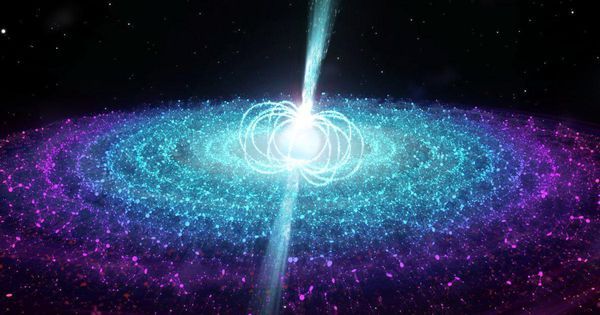
Yes, black holes get all of the attention. They’re mysterious, they lurk in the shows of interstellar space, they break the laws of known physics, they can trap you forever, they have a cool-sounding and easy-to-understand name. They’ve got great branding.
But some things are even weirder and scarier than black holes. And what makes them weirder and scarier is that they’re weird and scary within the known laws of physics. Which means we understand them. Which means we can explain, in great and gruesome detail, just how awful they are.
Take, for example, the neutron star.
Star Trek’s famous holodeck is a virtual reality stage that simulates any object in 3D as if they were real. However, 3D holographic projection has never been realized. A team of scientists from Bilkent University, Turkey, has now demonstrated the first realistic 3D holograms that can be viewed from any angle.